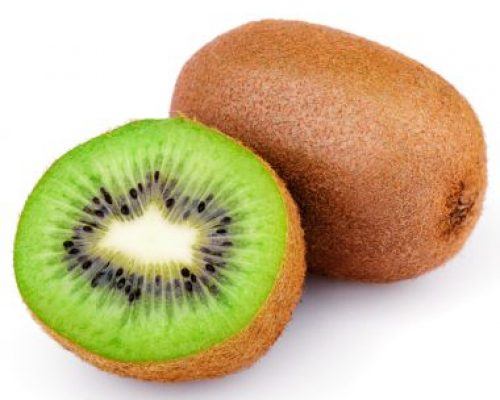Project Report For Kiwi Farming
Introduction
Project Report For Kiwi Farming is as follows.
The kiwi (Actinidia deliciosa), often known as the kiwifruit or Chinese gooseberry, is an edible fruit-bearing woody vine that is a member of the Actinidiaceae family. Though it is also cultivated commercially in New Zealand and California, the plant is native to China and Taiwan. The fruit may be either raw or cooked and has an acidic flavour. The juice can occasionally be used to soften meat. Vitamin C and K levels in raw kiwis are high.
In this fruit, a variety of additional species are also farmed. Commercially farmed in some regions, the golden kiwi (Actinidia chinensis) has less hairs and yellower, sweeter flesh than A. deliciosa. The Chinese the egg gooseberry (A. coriacea), red Kiwi fruit (A. melanandra), silver vine (A. polygama), purple kiwi (A. purpurea), and two cold-hardy varieties (A. arguta and A. kolomikta) are among the other kiwi species.

Benefits Of Kiwi Farming
- Immunity: Vitamin C, which is plentiful in kiwis and boosts the immune system, is present in large proportions. The amount of vitamin C in a kiwifruit really amounts to around 230% of the daily recommended amount. Every bite of this adventurous fruit has a burst of immune-boosting nutrients. Antioxidants are abundant in kiwis as well. Antioxidants help the body eliminate free radicals and reduce oxidative stress. Finally, this may protect the body against disease and inflammation.
- Heart Wellness: The kiwifruit has blood pressure-lowering qualities. The kiwifruit lowers the risk of stroke and heart disease by promoting healthy blood pressure and providing a vitamin C boost. In addition, kiwi fruit has a lot of nutritional fiber. Fibre lowers LDL, or bad cholesterol, which lowers risk factors for heart disease. Cardiovascular disease, or the hardening of the arteries in the heart, can be brought on by a high cholesterol level.
- Internal Health: All the thick skin and flesh of the kiwifruit are high in dietary fibre. Fibre can help with constipation and a variety of other gastrointestinal issues and discomforts.
- Therapy for asthma: Kiwis are high in Vitamin C, which has been linked to a reduction in wheezing symptoms in certain asthma patients. This is especially true for children, who tend to benefit the most from eating kiwis.
- Ocular Health: The high quantities of antioxidant vitamins and carotenoids present in kiwifruit may help prevent eye illness and boost general ocular health when ingested with other nutritious, vitamin- and mineral-rich fruits and vegetables.
Get Completely Custom Bankable Project Report
Market Potential Of Kiwi Farming
The market share for kiwi fruits is anticipated to grow to USD 2.74 billion between 2021 and 2026, at a CAGR of 4.3%.
Kiwi is a natural product that is taken uncooked. It is widely recognised for its antioxidants, high Vitamin C content, and vital fibres, which are used to reduce the incidence of asthma. Kiwi fruits are available for purchase at a variety of retailers and retail outlets. They are also used in the production of other foods. Fruits are less expensive than other processed foods. As a result, the kiwi fruit market has a lot of room to develop. During the pandemic, there is a significant demand for immunity-boosting foods especially fresh fruit. Farmers, however, are unable to harvest the growing kiwi due to a faulty supply network. This has hampered the worldwide kiwi market for the year 2020.
In addition, kiwi fruit may be utilised and consumed by incorporating it into salads, pastries, and drinks, among other things. The rising use of fruit in the food and beverage industries has expanded the demand for kiwi fruit. Furthermore, increased demand in key countries, a thriving fruit juice sector, and rising health consciousness are driving market expansion. However, trade constraints relating to exports and high fruit prices in main markets restricted the market.

